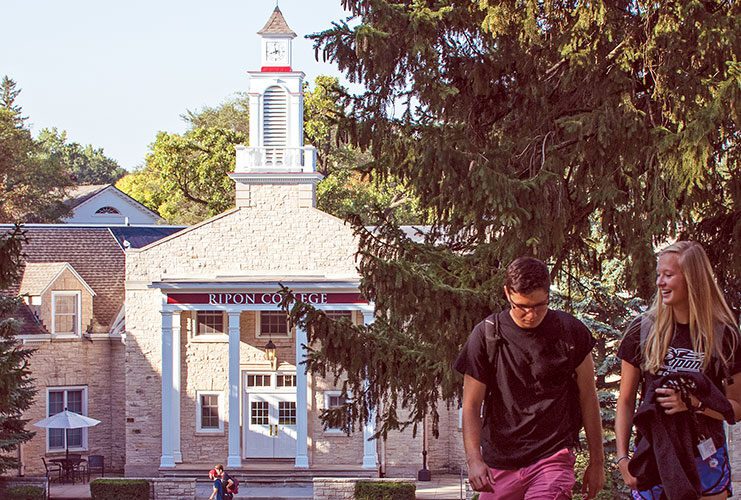About Catalyst Day
Catalyst Day — held each fall and spring — is designed to showcase Ripon College’s Catalyst curriculum and celebrate the achievements of the students who are completing the junior-level collaborative capstone. Throughout the day, attendees will have the opportunity to watch teams of students present problem solving projects that tackle worldwide issues.
The Challenges
Catalyst 300 students are tasked with developing solutions to prominent real-world issues. This term, students were given the choice of the challenges listed below or a “wild card” option for students to choose their own topic they are passionate about, pending approval by the faculty members.






